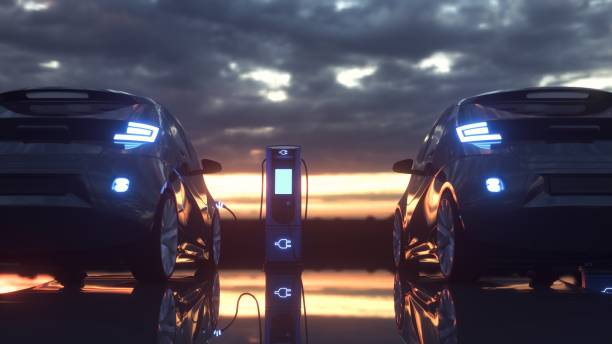Battery recycling in simple words means collecting, processing, and making the batteries reusable. This is done to ensure and reduce the number of batteries going to landfills. The process of EV Battery Recycling Technology helps to prevent batteries from going to landfills. This activity aims at reducing solid waste. Batteries contain a number of heavy metals and toxic chemicals. Disposing of them means much soil contamination, water pollution, and releasing a lot of toxins.
Need for EV Battery Recycling Technology
The number of electric vehicles is increasing day by day. These electric vehicles depend only on their batteries. The production cost and material of battery are very high. The components used in manufacturing a battery are rarely available and are very costly.
Recycling reduces the dependency on manufacturing new batteries again and again. Recycling these batteries gives them a new life. It also reduces the need for procuring raw materials and spending too much.
Recycling of Lithium Batteries
Maximum electric vehicles in our country use lithium-ion batteries. Recycling lithium batteries means reusing or regenerating these waste batteries. The waste of lithium batteries is increasing day by day. These waste batteries will create a lot of chemical waste if not handled properly. This will create a great threat to the environment and soil.

Components of Lithium-Ion Batteries
These batteries contain hexafluoro acid carbonate chemical matter and other heavy metals such as Cobalt and copper. They are highly polluting in nature. Cobalt, Lithium, Copper, and Plastic in these batteries have high recycling value and can be reused again and again. Effective scientific treatment and disposal of these batteries have many environmental benefits as well as economic benefits.
Recycling Process
- The recycling process includes pre-treatment and post-treatment of these batteries.
- The pre-treatment of scrap lithium batteries is done to recycle the waste battery.
- Discharging the battery is the first step.
- Traditional discharging process includes chemical reactions accompanied by a certain degree of pollution.
- The next is physical discharging which is pollution free.
- When the battery is discharged mechanical equipment is used to break it open.
- Magnetic separation, air separation, crushing, gravity separation, and screening are the subsequent processes done after that.
- After this, the powder on the anode and cathode is separated from Copper and Aluminium foil.
- Other processes that separate the waste from the battery or high-temperature pyrolysis resolution electrolyte analysis plastic film paralysis and many more.
- These processes cause pollution in the atmosphere for which air treatment equipment is also used.
Machine used to recycle Lithium-Ion Batteries
A high-end technology machine is used to recycle lithium-ion batteries which have a capacity of 300 to 1000 kg per hour and can recycle soft package batteries, cell batteries, lithium-ion batteries, and different other types of batteries. It is fully automatic and is very precise in its functioning and reduces a lot of human effort. It has air filters and air treatment equipment attached to it which reduces the pollutants to go out into the atmosphere. This machine gives graphite powder, Cobalt, acid, lithium, aluminum, and copper as the final products through its output chamber.
Advantages of using High-End Technology
- The lithium battery recycling machine uses a water-cooled and air-cooled turbine.
- This makes material separation cleaner and more suitable for further use.
- It has a high automation program, simple operation, and stable performance.
- It does not emit any gas and helps in environmental protection.
- It consumes significantly less power, does not emit any noise, has small footprints, and has no dust pollution.
- It has a wide range of sorting materials and is done quickly.

EV Battery Recycling Technology Process
We have explained the recycling process with the help of a flow chart.
- Spray tower — Fume separator — UV photolysis waste gas purifier — Activated carbon adsorber
- Shredder — Hammer Crusher — Grinder — Separation Machine — Pulse Dust Collector — Classifying Screen — Magnetic Machine — Gravity Separator — High-pressure Blower

